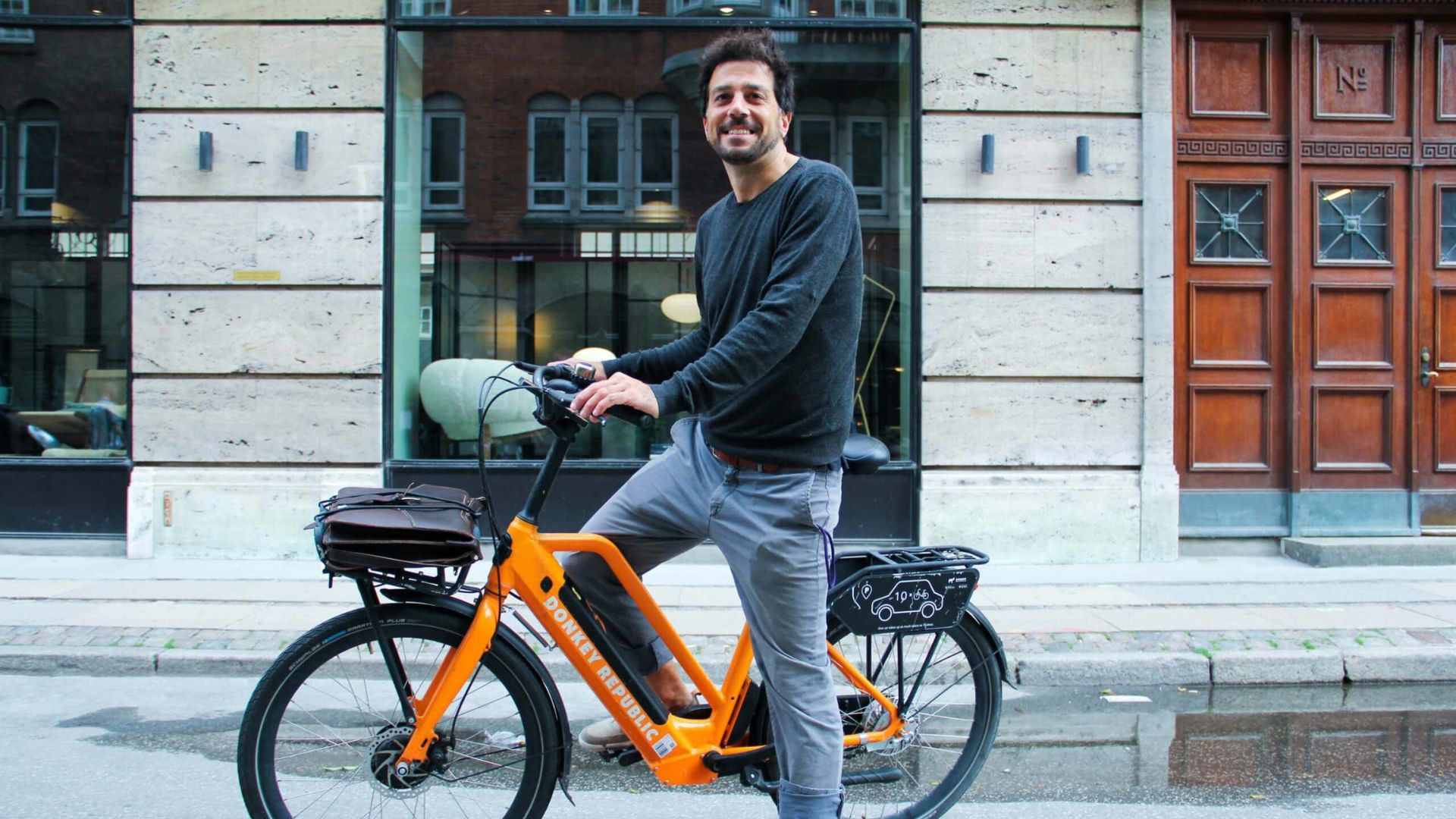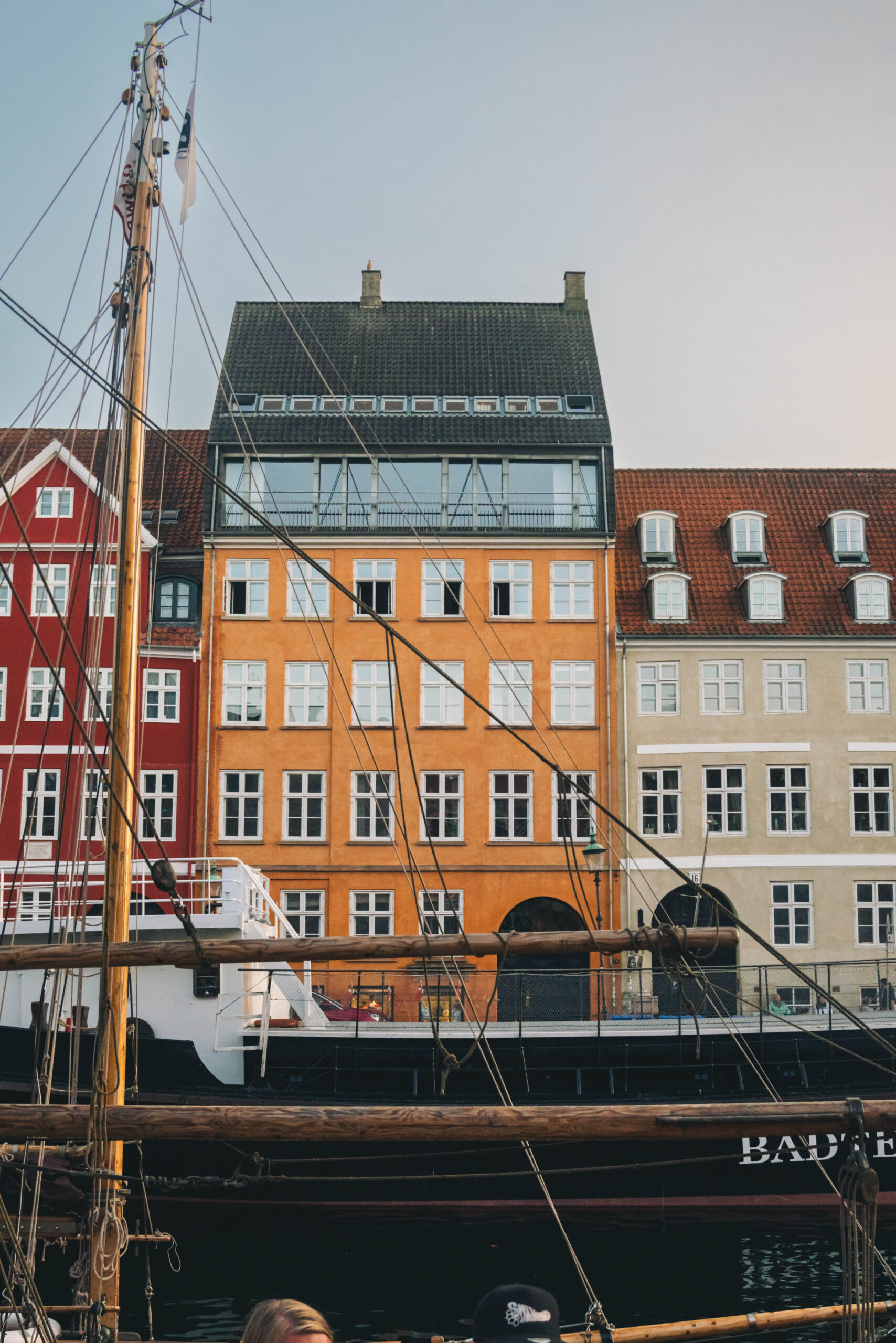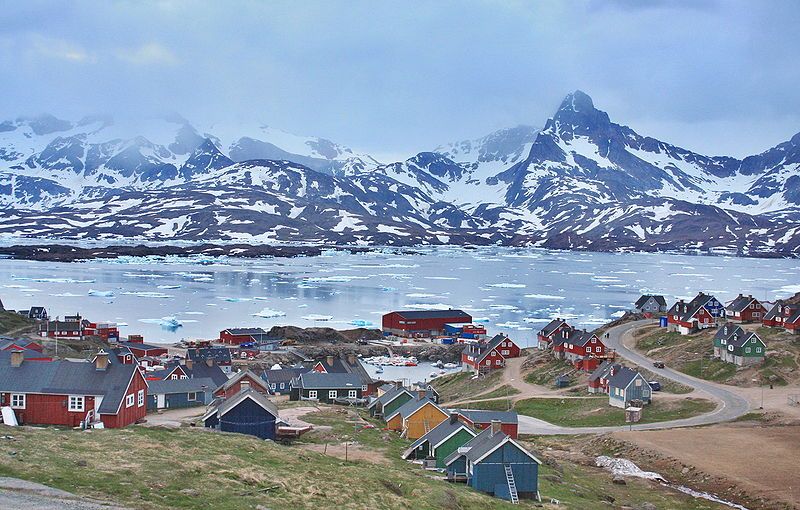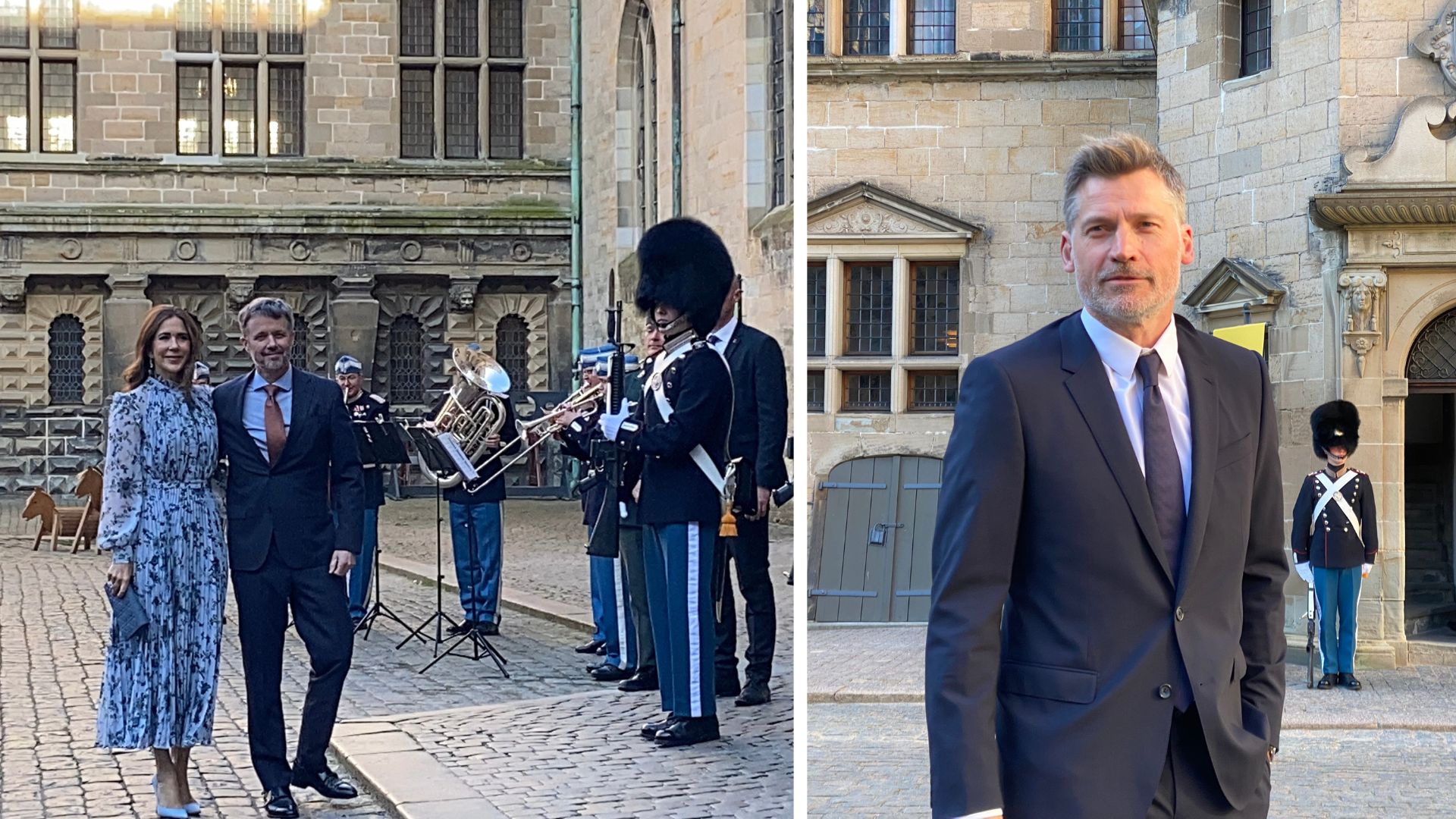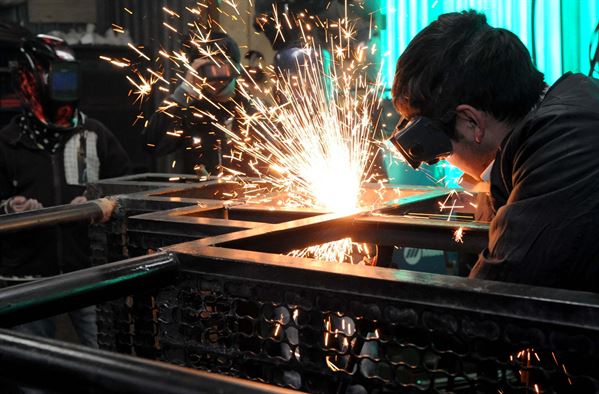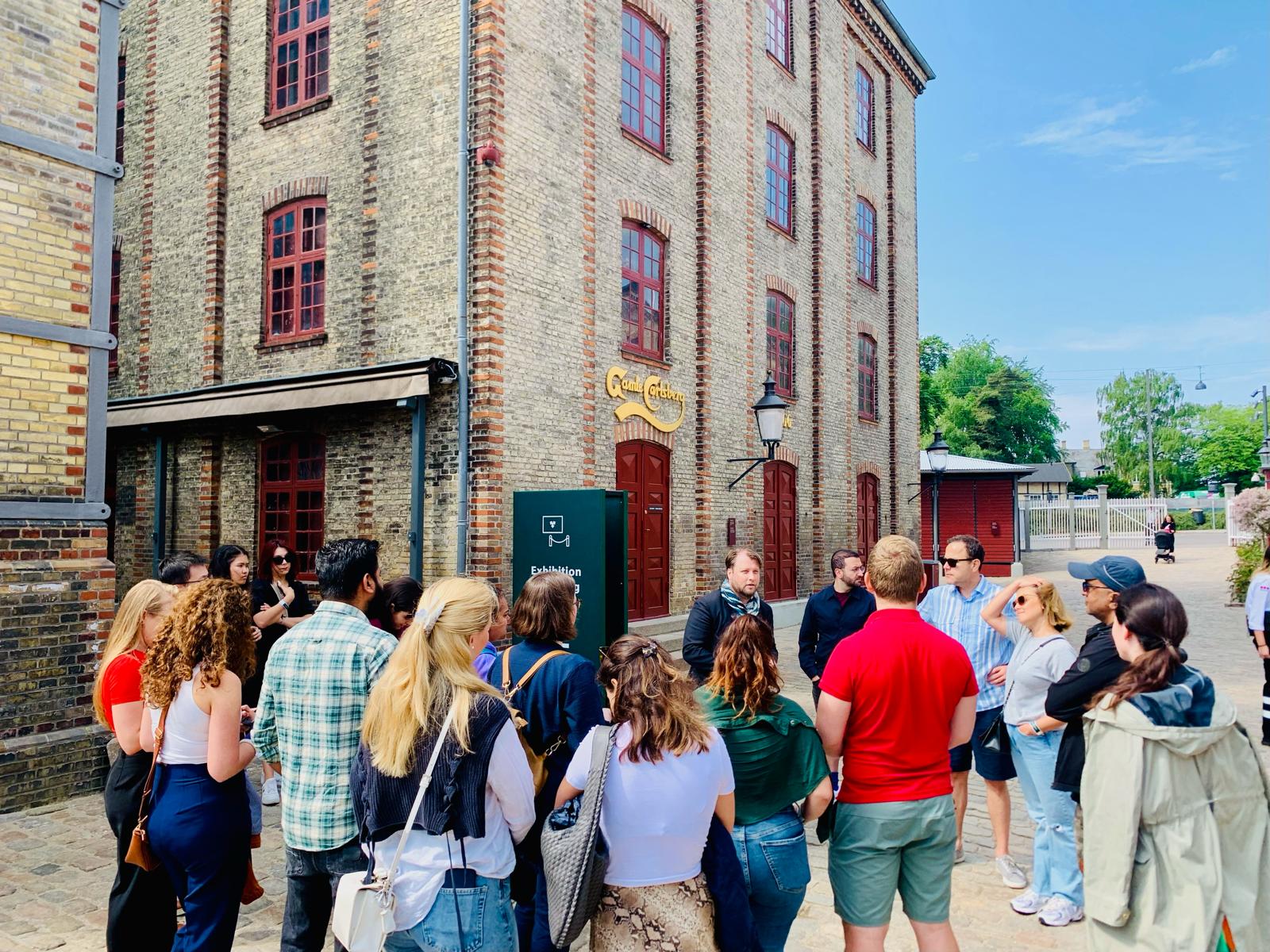He is a comedian who is also well known as a musician, actor and … wait, did you say politician?
A comedian in politics – you’ve got to be kidding!
No, and it’s been a laugh a minute since the start. It all began at the political group Sammenslutningen af Bevidst Arbejdssky Elementer (the confederation of intentionally work-shy elements), which he helped found in 1979. The political group’s manifesto stated that everybody has the right to laziness, arguing that if work is healthy, why not give it to the sick? It predicted a future in which we would all become zombies feeding on work. Initially, it was incredibly popular. But maybe this was due to the fact that everyone automatically became a member unless they clearly stated otherwise.
Sounds like the church!
Indeed, but with slightly more support. When Haugaard ran for parliament as an independent in 1994, an amazing 23,253 people voted for him. His policies included abolishing headwind on the bicycle lanes, shorter queues in the supermarkets, the right to impotency and bigger Christmas presents. And he was much loved by the army when his demand for Nutella in field rations was met.
Sounds like a shoe-in for prime minister. What went wrong?
Fortunately for the producers of Viagra, he chose not to run for parliament again after his four years as an MP, but he may have been the inspiration for Italian comedian Beppe Grillo, a candidate in the recent general election in Italy. Some of his key issues include broadband for all, bike lanes (although no mention of tailwind), and the right for priests to have their own children so they can keep their blessed hands off other people’s.
Now that’s funny! There’s room for humour in politics after all.
That’s exactly what Haugaard said. And just in case they ever forget, his portrait oversees the goings-on of parliament to this day. According to the Christiansborg comidian himself, it serves as a scary example that even foolish populists can end up in parliament.


